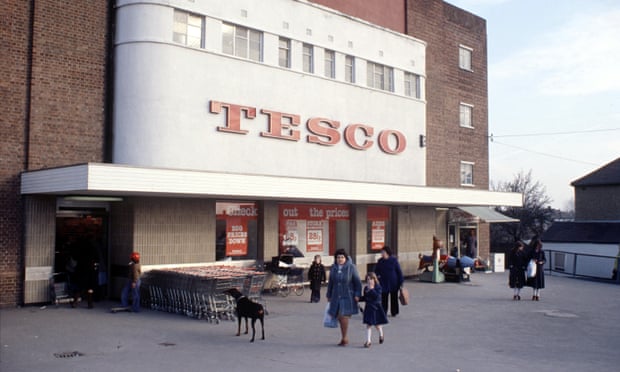By Jay Rayner
During the early 1990s Britain’s self-sufficiency in food reached its highest in modern times. We were producing just over 70% of all the food we were eating. Since then the story has been one only of decline. We now produce 60%, but because of exports only about 50% of the food we eat is actually produced here. There are a number of reasons for this, but key among them is the dominance of the supermarkets.
In the late 80s and early 90s a series of changes to the planning
laws allowed for the building of large out-of-town hypermarkets on
greenfield sites, which in turn encouraged the boom in the supermarket
sector. That created the food retail landscape we have today in which
fewer than a dozen companies control more than 90% of the food retail
market.
The supermarkets used that dominance to drive prices ever lower, and with drastic results.
This is no knee-jerk negative response to the concept of supermarkets.
They have their positives. They have kept pace with social change,
shortening the length of time it takes people to get the shopping done,
thus enabling the two-job households now required to keep pace with the
cost of living. They have been a prime driver of food culture in the UK,
providing a ready source of the ingredients consumers have been
introduced to via the media. They have enabled huge economies of scale.

